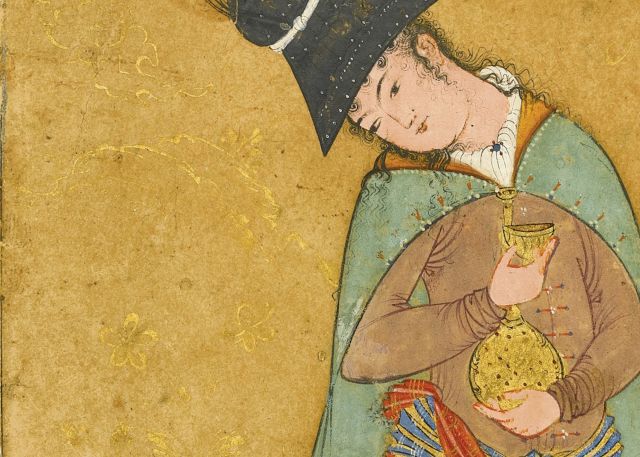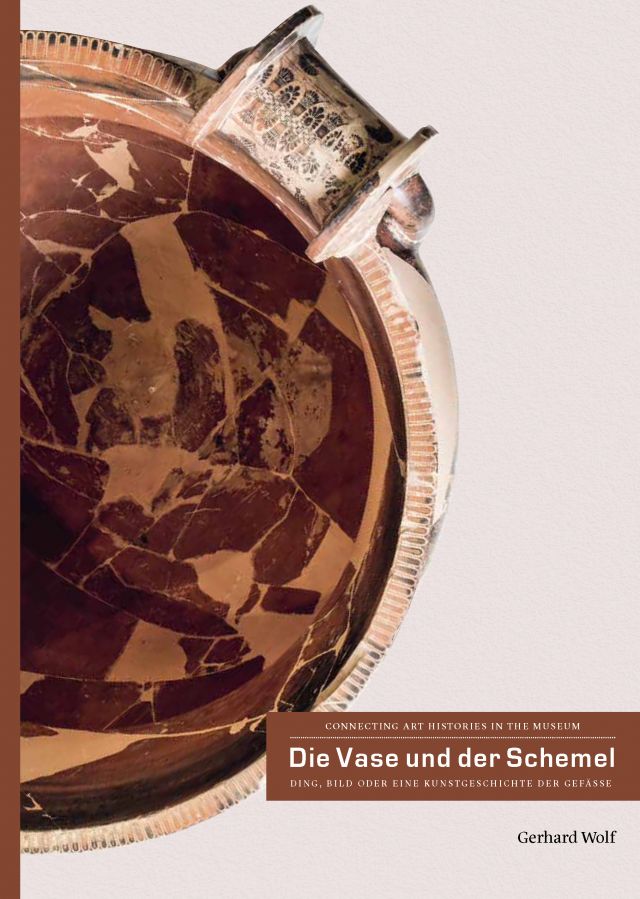Ricerca
The Art of Containment
Gerhard Wolf in collaboration with Jaś Elsner and other partners

Wine cup of Shah Jahan, India, workshop in Agra or Shahjahanabad, ca. 1657. London, Victoria & Albert Museum
From earliest history, humans have engaged with vessels, both natural and handmade. Vessels can be studied from an eco-historical perspective, as objects participating in the formation and transformation of environments. This project explores the status of the visual within the multiple dimensions of the ‘vessel’, in its interplay with the tactile and its potential for activation and mobility. As portable objects, made from a great variety of materials and shapes, vessels are prime agents of transcultural exchange. Their study presents immense methodological challenges for disciplines concerned with visual and material culture. From an art historical point of view, this means questioning basic disciplinary tenets, in particular, elitist canons, including divisions of “high art” from “arts and crafts”, and the terminologies related to this disjuncture.
As sites of interface between humans and their environments, vessels present a wealth of affordances, involving potential reflections on space, body and matter, on thingness and morphology, on natural, social and transcendental worlds, as well as on production and technology, translation and decoration. Of particular interest to this project are vessels with adorned surfaces, which invite us to study the constellations and ontologies of thing, image and ornament, combining and confronting the usually separate discourses of image and object theory. In an attempt to overcome the “traditional” image/ornament divide, this project seeks overarching terms regarding pictorial systems of decoration in a transcultural horizon.
These aspects have already been elaborated in a monograph published in 2019 and remain crucial for the next phase of the project, which, among other social and anthropological concerns, will concentrate on the interplay between surface decoration and shape, with relation to the transmedial and transmaterial dynamics of vessels. This research necessitates a critical engagement with the notion of skeuomorphism, mostly used in archaeology to refer to the phenomena of simulation of one material or object shape in another. (Trans-)Material metaphorization (marble like silk, stone as liquid) can imply visual analogy and tactile opposition, highlighting the processed matter itself, its texture, surface and deep structure. A conference on vessels as dialogue between Greco-Roman archeology, Islamic, Chinese, Ancient American and other art histories is planned for late 2022.







